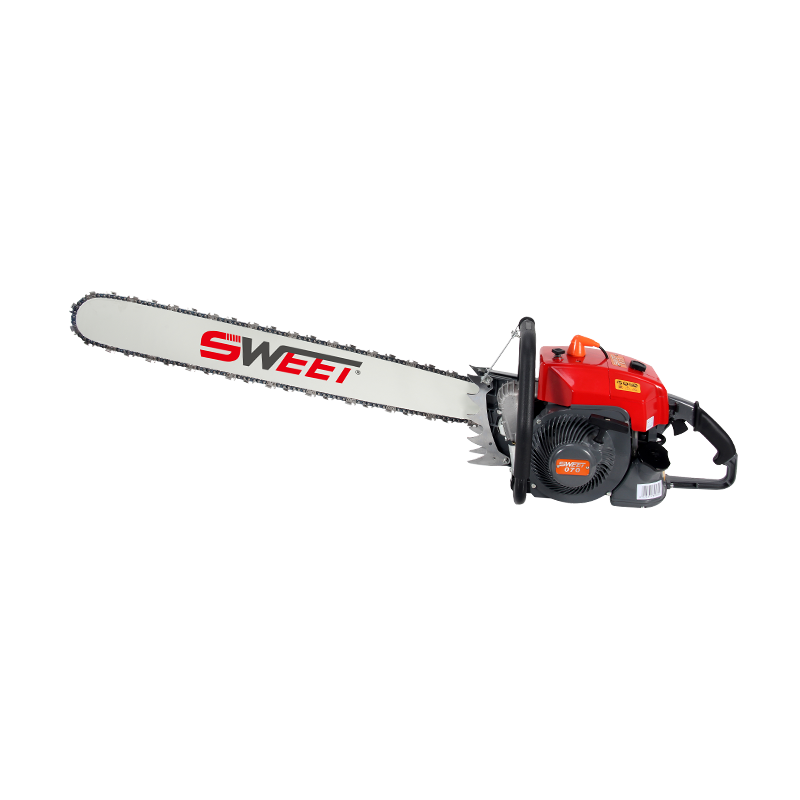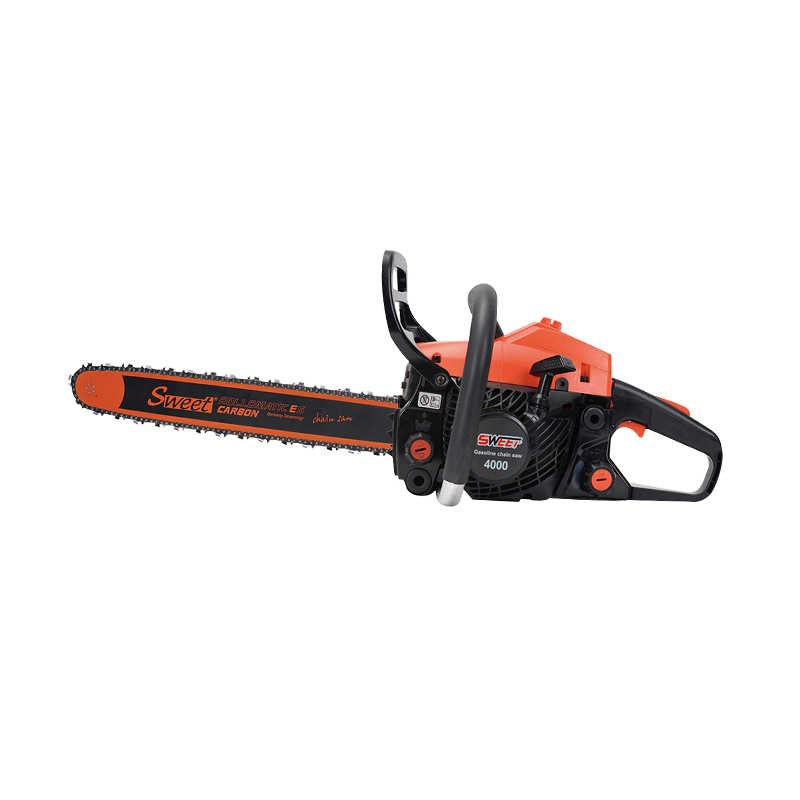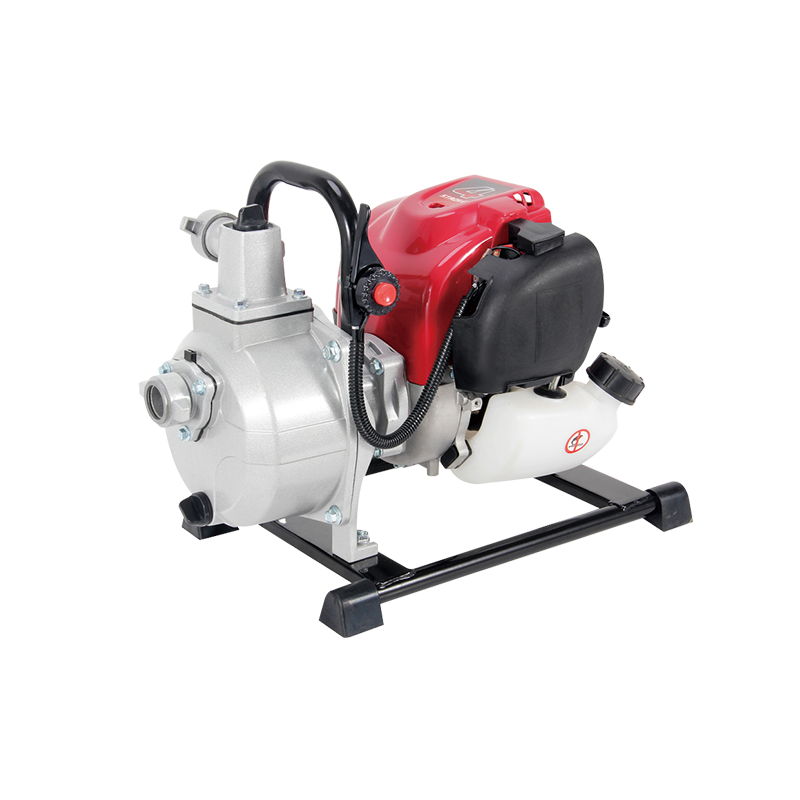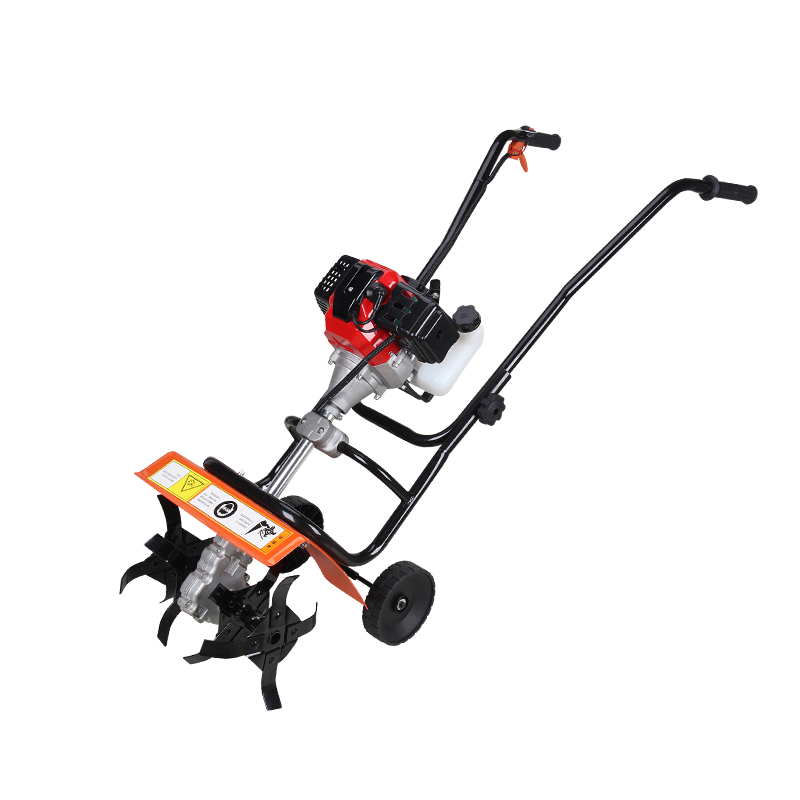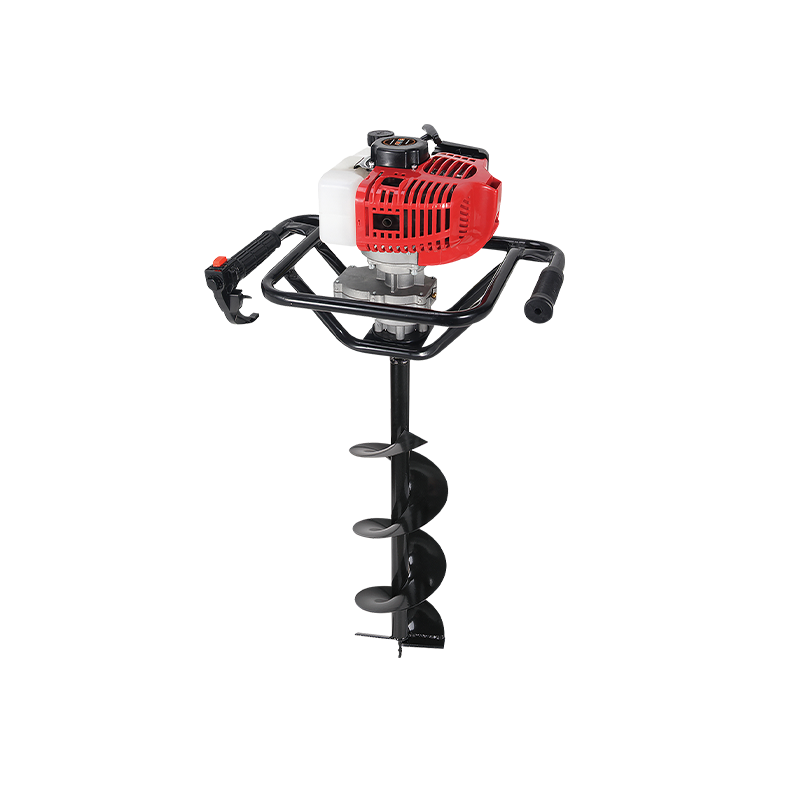A wide range of garden and landscaping equipment depends on consistent performance to operate efficiently. When looking at options such as a brush cutter for sale high quality, one of the key considerations is the durability and maintenance of its components. Among these, gear case shaft spare parts play a significant role in keeping the machine running smoothly. Selecting compatible replacements is not always straightforward, and many buyers are uncertain about how to confirm they are making the right choice.

Understanding the Function of Gear Case Shaft Spare Parts
The gear case shaft is central to the power transmission system of a brush cutter. It connects the engine output to the cutting blade or attachment, allowing the tool to perform demanding tasks such as cutting thick grass or light shrubs. Spare parts for this component must meet the machine’s specifications to ensure efficiency and prevent premature wear. Choosing incompatible replacements may cause vibration, reduced cutting power, or even damage to the surrounding assembly.
Checking Equipment Specifications Before Purchase
Every brush cutter model comes with specific design parameters. The diameter, length, and spline design of the shaft, as well as the housing dimensions of the gear case, vary across different machines. A practical way to start is by reviewing the equipment manual or technical datasheet. These resources typically list the required part numbers or compatibility notes. If these documents are not available, measuring the original shaft and gear case dimensions with precision tools can provide the necessary details for identifying the right spare parts.
Evaluating Materials and Manufacturing Quality
Although compatibility is often thought of in terms of size and fit, the materials used in gear case shaft spare parts are equally important. Shafts made from hardened steel or treated alloys withstand high torque and resist wear over time.When assessing a brush cutter for sale high quality, it is worthwhile to also ask whether recommended spare parts are available from the same supply chain to maintain consistency.
Many aftermarket suppliers offer cross-reference guides that match spare parts with a range of brush cutter brands. Buyers should double-check these references, as small variations in design can affect fitment. Keeping a record of the model number and year of manufacture of the equipment also helps when sourcing compatible parts.
Considering the Role of Aftermarket Options
Not all users purchase original parts directly from the brush cutter manufacturer. Aftermarket gear case shaft spare parts can offer a practical alternative if they meet the required standards. It is essential to confirm that such parts have been tested for compatibility with the intended machine model. Looking at customer feedback or performance reviews can provide additional insight into whether the aftermarket option performs consistently under normal workload conditions.
Installation Practices and Their Impact on Compatibility
Even with correctly matched parts, improper installation can create issues. Ensuring that shafts are aligned properly and that gear case seals are positioned without gaps is critical for smooth performance. Lubrication during assembly also affects the longevity of the shaft and related components. Users who are not familiar with the process may prefer to have a qualified technician perform the installation, which can prevent misalignment or damage to the part during fitting.
Long-Term Maintenance Considerations
Compatibility is not only about immediate installation but also about how the part performs over time. Routine checks for signs of wear, unusual noise, or vibration in the gear case can indicate whether the spare part is functioning as intended. Maintaining consistent lubrication levels and cleaning debris from the cutting head area also extends the lifespan of the shaft. Buyers should consider availability of replacement parts as part of their purchasing decision when evaluating a brush cutter for sale.
Balancing Cost with Performance
While price is an important factor, focusing solely on lower-cost options may result in frequent replacements. A spare part that is slightly more expensive but manufactured to align with the specifications of the brush cutter often proves more economical in the long run. Balancing upfront investment with reduced downtime is a practical way to approach part selection.


 English
English русский
русский Español
Español عربى
عربى